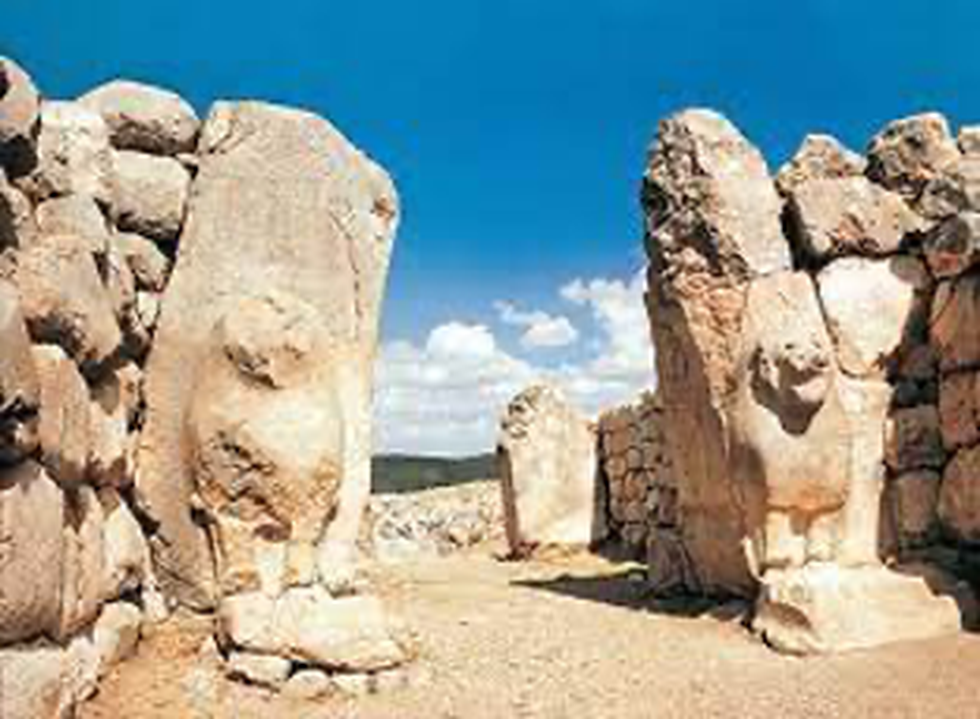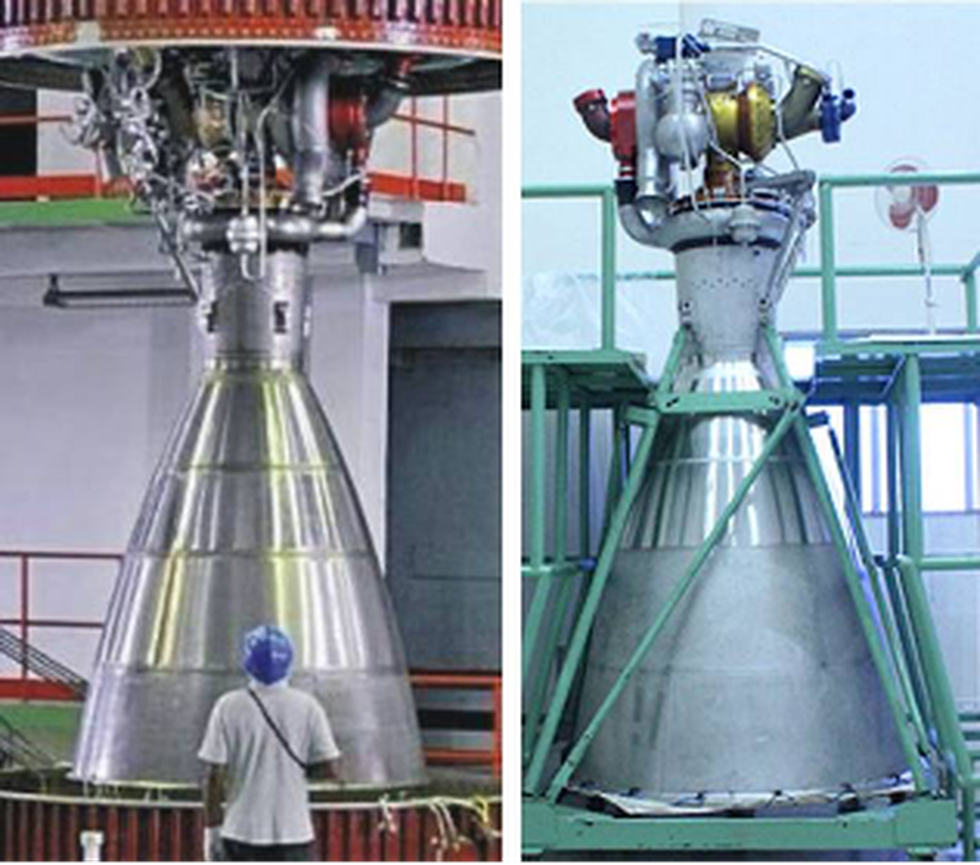The Saga of a Spy Balloon in US Airspace
Last week, the U.S. shot down a Chinese ‘spy’ balloon, days after the surveillance device was first spotted over American airspace, bringing the dramatic saga to a climax and dealing yet another blow to the already strained diplomatic relation between the two sides.

Relevance:
GS II: International Relations
Dimensions of the Article:
- What are spy balloons?
- What happened?
What are spy balloons?
- Spy balloons are high-altitude surveillance tools that usually operate at 80,000-1,20,000 feet — well above the cruising altitude of commercial aircraft — to gather intelligence and carry out other military missions.
- Typically, a spy balloon is equipped with cameras and imaging devices suspended beneath the gas-filled white object to capture things of interest.
- Unlike satellites, balloons are economically viable.
- Due to their proximity to the Earth’s surface, they can widely scan an area from close quarters and capture clearer, high-resolution images of the target.
- The disadvantage is that these are not directly steered, but can be roughly guided by changing altitudes to catch different wind currents, as per a study by the Air Force’s Airpower Research Institute.
- They are also a relatively easy target.
- Taiwan has accused the Peoples Liberation Army (PLA) of using spy balloons in the past.
- A similar sighting was reported over Andaman and Nicobar Islands.
- There has, however, been no official confirmation or evidence that establishes its link with China.
What happened?
- A massive white orb, estimated to be the size of three school buses, was spotted floating above the state of Montana, capturing global attention.
- American defense and military officials confirmed that the object was a reconnaissance balloon from China that entered the air defense zone north of the Aleutian Islands and traveled across Alaska, Canada, and Idaho before reaching Montana.
- President Joe Biden was briefed on the matter and the military considered shooting down the balloon, believed to be a Chinese surveillance tool, but decided against it due to the risks to those on the ground.
- The U.S. Federal Aviation Administration temporarily paused aerial activity at three airports as a precautionary measure.
- The Chinese Foreign Ministry acknowledged the balloon was from China and stated that it was an errant civilian airship used for meteorological research that went off course due to winds, but rejected claims of spying.
- Beijing expressed regret over the incident and emphasized respect for the sovereignty of other countries.
Earthquake In Turkey and Syria
Context:
A major earthquake struck Turkey and Syria on Monday, killing more than 2,600 people and flattening thousands of buildings as rescuers dug with bare hands for survivors.
Relevance:
GS-I: Geography (Geomorphology, Important Geographical Phenomenon, Earthquakes), GS-III: Disaster Management
Dimensions of the Article:
- Earthquake
- Earthquake Waves
- Earthquake zones of India
- Measurement of earthquakes
Earthquake
- An earthquake is shaking of the earth. It is a natural event. It is caused due to release of energy, which generates waves that travel in all directions.
- The release of energy occurs along a fault. Rocks along a fault tend to move in opposite directions. This causes a release of energy, and the energy waves travel in all directions.
- The point where the energy is released is called the focus of an earthquake, alternatively, it is called the hypocentre.
- The point on the surface, nearest to the focus, is called epicentre. It is the first one to experience the waves. It is a point directly above the focus.

Earthquake Waves
- All-natural earthquakes take place in the lithosphere.
- Earthquake waves are basically of two types body waves and surface waves.

Body Waves
Body waves are generated due to the release of energy at the focus and move in all directions travelling through the body of the earth.
There are 2 types of body waves and they are, Primary waves [P] and Secondary [S] waves
Primary waves [P]:
- Primary waves are the first to appear on the surface and hence the name P waves.
- P-waves vibrate parallel to the direction of the wave.
- This exerts pressure on the material in the direction of the propagation
- P waves can travel through gaseous, liquid and solid materials.
Secondary waves [S]:
- Secondary waves or S waves appear after P waves.
- The direction of vibrations of S-waves is perpendicular to the wave direction in the vertical plane.
- Hence, they create troughs and crests in the material through which they pass

Surface waves
- The body waves interact with the surface rocks and generate new set of waves called surface waves. These waves move along the surface.
- The velocity of waves changes as they travel through materials with different densities. The denser the material, the higher is the velocity.
- Their direction also changes as they reflect or refract when coming across materials with different densities.
- Surface waves are considered to be the most damaging waves.
Earthquake zones of India
- The major reason for the high frequency and intensity of the earthquakes is that the Indian plate is driving into Asia at a rate of approximately 47 mm/year.
- Geographical statistics of India show that more than 50% of the land is vulnerable to earthquakes.
- The latest version of seismic zoning map of India divides India into 4 seismic zones (Zone 2, 3, 4 and 5).

Zones of Seismicity
- Zone 1: Currently the Division does not include a Zone 1. NO area of India is classed as Zone 1.
- Zone 2: This region is liable to MSK VI or less and is classified as the Low Damage Risk Zone.
- Zone 3: This zone is classified as Moderate Damage Risk Zone which is liable to MSK VII.
- Zone 4: This zone is called the High Damage Risk Zone and covers areas liable to MSK VIII. Jammu and Kashmir, Ladakh, Himachal Pradesh, Uttarakhand, Sikkim, the parts of Indo-Gangetic plains (North Punjab, Chandigarh, Western Uttar Pradesh, Terai, North Bengal, Sundarbans) and the capital of the country Delhi fall in Zone 4.
- Zone 5: Zone 5 covers the areas with the highest risks zone that suffers earthquakes of intensity MSK IX or greater. The region of Kashmir, the Western and Central Himalayas, North and Middle Bihar, the North-East Indian region, the Rann of Kutch and the Andaman and Nicobar group of islands fall in this zone.
Measurement of earthquakes
The earthquake events are scaled either according to the magnitude or intensity of the shock.
- Richter scale – The magnitude scale is known as the Richter scale. The magnitude relates to the energy released during the quake. The magnitude is expressed in absolute numbers, 0-10.
- Mercalli scale – The intensity scale is named after Mercalli, an Italian seismologist. The intensity scale takes into account the visible damage caused by the event. The range of intensity scale is from 1-12.
- Medvedev–Sponheuer–Karnik scale – This is a macroseismic intensity scale used to evaluate the severity of ground shaking on the basis of observed effects in an area of the earthquake occurrence
Who are Hittites?
By studying juniper timbers, researchers from Cornell University & Cyprus Institute found that series of droughts may have precipitated Hittite empire’s collapse.

About Hittites:
- Hittites, were members of an ancient Indo-European people who appeared in Anatolia (also known as Asia Minor, modern-day Turkey )at the beginning of the 2nd millennium BCE.
- The Hittite language was a member of the Anatolian branch of the Indo-European language family.
- The Hittite economy was based on agriculture, with the main crops being emmer wheat and barley.
- Although their civilization thrived during the Bronze Age, the Hittites were the forerunners of the Iron Age and were manufacturing iron artifacts from as early as the 14th century BCE.
- The Hittites were famous for their skill in building and using chariots.
Hittite empire:
- Between 1400 and 1200 B.C.E. the Hittites established one of the great empires of the ancient Middle East.
- The Hittite empire, with its capital at Bogazköy (also called as Hattusas), was the chief power and cultural force in Western Asia from 1400 to 1200 BC.
- The head of the Hittite state was the king, but other officials exercised independent authority over various branches of the government.
- After c. 1180 BCE, the empire came to an end during the Bronze Age collapse and splintered into several independent “Neo-Hittite” city-states, some of which survived until the 8th century BCE.
What is the Quick Reaction Surface to Air Missile (QRSAM)?
The indigenous Quick Reaction Surface to Air Missile (QRSAM) being developed by the Defence Research and Development Organisation (DRDO) is set to be tested again with some changes suggested by the Army.

About Quick Reaction Surface to Air Missile (QRSAM):
- QRSAM is a Short Range Surface to Air Missile system designed to protect moving armoured columns from aerial attacks.
- It was designed and developed by the Defence Research and Development Organisation (DRDO).
- The entire weapon system is configured on highly mobile platforms and is capable of providing air defence on the move.
- Range: 30 km
- It is propelled by Single Stage Solid Rocket Motor.
- It can engage 6 targets simultaneously.
What is the Vikas Engine?
The Indian Space Research Organisation (ISRO) has successfully tested the throttling of Vikas, its workhorse launch-vehicle engine.

About Vikas Engine:
- VIKAS (an acronym for Vikram Ambalal Sarabhai) engine is a family of liquid-fuelled rocket engines conceptualized and designed by the Liquid Propulsion Systems Centre of ISRO in the 1970s.
- The early productions involved imported French components, which were later replaced by domestically produced equivalents.
- These engines are deployed for ISRO’s Polar Satellite Launch Vehicle (PSLV) and the Geosynchronous Satellite Launch Vehicle (GSLV) series of expendable launch vehicles for space launch use.
- The fuel load of the Vikas engine is 40 tonnes for the PSLV, GSLV Mark I and II, and 55 tonnes for the GSLV Mark III.
Liquid Propulsion Systems Centre (LPSC):
- The LPSC is a research and development center functioning under ISRO.
- It is the center for the design, development, and realization of liquid propulsion stages for ISRO’s Launch Vehicles.
- LPSC activities and facilities are spread across its two campuses: LPSC, Valiamala, Thiruvananthapuram, and LPSC, Bengaluru, Karnataka.
What is Skye UTM?
Union Minister for Road Transport and Highways recently unveiled Skye UTM (Unmanned Traffic Management), touted as the world’s most cutting-edge unmanned traffic management system.

About Skye UTM:
- What is it? It is a Cloud-based aerial traffic management system that integrates unmanned air traffic with manned aviation airspace.
- Purpose: It has been built towards providing situational awareness, autonomous navigation, risk assessment, and traffic management to all drone/other aerial mobility operators across the airspace.
- Operation:
- It captures more than 255+ parameters of Unmanned Aerial Vehicle (UAV) movements and stores them into its ‘Blackbox,’ a published systematic description of the entire flight.
- The platform offers the first 3-Dimensional view of the drone airspace along with operations and regulations mapping servers which provide the latest airspace status, verified paths and display real-time UAV movements.
- It connects and communicates with all types of drones, from survey drones to delivery drones to aerial taxis.
- It can handle more than 4000 flights per hour.
- The platform offers regulatory access to Air Traffic Controllers and other regulatory authorities, allowing them to have real-time drone traffic movement information, pilot information, and other necessary data for evaluation and coordination.

